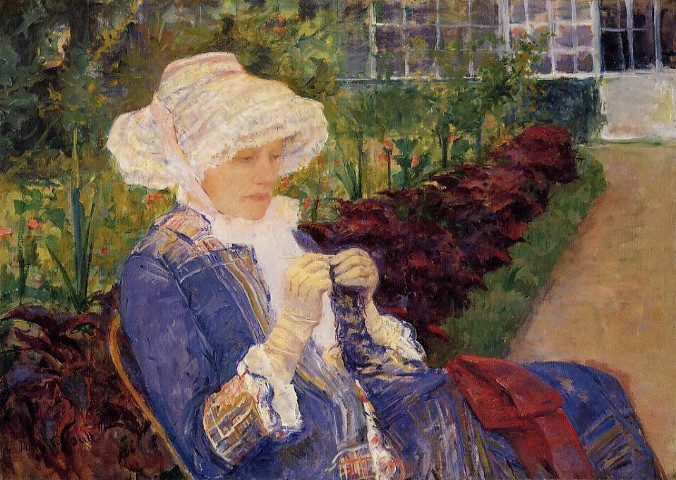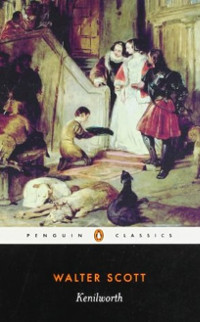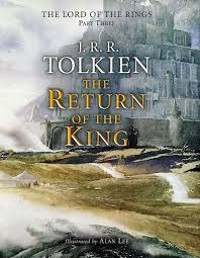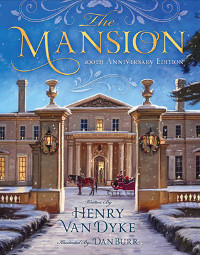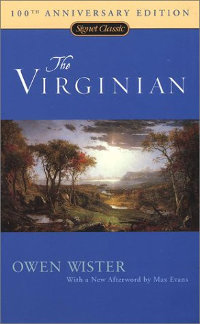Cranford, by Elizabeth Gaskell (English classic)
“The formidable Miss Deborah Jenkyns and the kindly Miss Matty live in a village where women rule and men usually tend to get in the way. Their days revolve around card games, tea, thriftiness, friendship and an endless appetite for scandal (from the alarming sight of a cow in flannel pyjamas to the shocking news of the titled lady who marries a surgeon). But, like it or not, change is coming into their world—whether it is the new ideas of Captain Brown, a bank collapse, rumours of burglars or the unexpected return of someone from the past.”
My Lady Ludlow, by Elizabeth Gaskell (English classic)
“Lady Ludlow is absolute mistress of Hanbury Court and a resolute opponent of anything that might disturb the class system into which she was born. . . . The vicar, Mr. Gray, wishes to start a Sunday school for religious reasons; Mr. Horner wants to educate the citizens for economic reasons. But Lady Ludlow is not as rigid as one may think.“
Mr. Harrison’s Confessions, by Elizabeth Gaskell (English classic)
“The story revolves around the arrival in the town of a young doctor and the attempts of the ladies of the town to place his status within their society and of course to find him a suitable wife.”
Democracy in America, Volume 2, by Alexis de Tocqueville, translated by Henry Reeve (French classic, American classic)
“From America’s call for a free press to its embrace of the capitalist system Democracy in America enlightens, entertains, and endures as a brilliant study of our national government and character.”

I’ll admit that the little novel Cranford, by Elizabeth Gaskell, didn’t impress me much at first or even engage me. The story is told by a young woman who writes about her experiences in Cranford as if she’s writing in her journal, which makes for a whole lot of telling and not a lot of showing. That, combined with the episodic nature of the plot, results in a lack of strong narrative drive. I kept reading because the style of writing, sense of place, and quaint characters relaxed me. I felt as if I had stepped into a world that didn’t exist anymore, and that, while not always happy or comfortable, was more self-sacrificing and less frenetic than our own.
Cranford gave me such a pleasant feeling that I went on to read two other stories by Elizabeth Gaskell that are similar to it: My Lady Ludlow and Mr. Harrison’s Confessions. It wasn’t until I had finished reading all three stories that I realized they dramatize some of what Alexis de Tocqueville describes—in philosophical and political terms—in Democracy in America, Volume 2. Tocqueville details the differences between aristocratic and democratic ages in great depth, and Gaskell breathes life into those differences as she looks back at the diminishing agricultural, aristocratic age of the generation that came before hers and gently carries her characters—and readers—into a more industrialized democratic world. Tocqueville observes:
Continue reading
